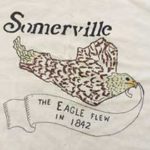
Eagle Feathers #186 – Man’s Best Friend
By Bob (Monty) Doherty
John Winthrop kept a record book that gave a clear picture of his early life at Ten Hills. He wrote about October 11, 1631, when he took an after-supper walk, got lost in the direction of today’s Tufts University, and after a fearful night around a campfire, safely returned the next day.
The Governor had carried with him a piece, or firearm, for fear of wolves. His fear was justified since these earliest of Somerville’s canines roamed daily near his house and had killed pigs, calves and other livestock.
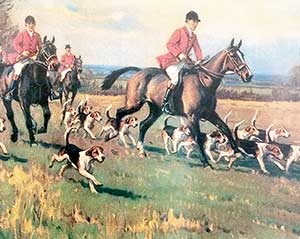
After five subsequent owners, Ten Hills Farm became the home of Colonel Samuel Jaques. During the mid 1800’s, his was the biggest farm in Somerville. For sport, his game was the hunt, fox hunting in particular, where his horsemanship and his famous kennel of hounds could be put to the test. Could you imagine the early morning sight and sound of bugles, horses and Foxhounds thundering over his 600 acres?
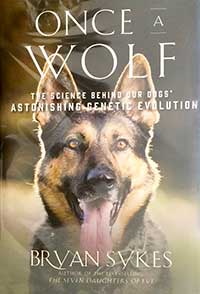
Dogs of nearly every breed and use have touched the fabric of the city. Through the years, Dalmatians led fire apparatus through the streets, Collies herded cattle and livestock, and German Shepherds guarded property.
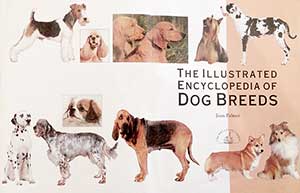
Currently, a variety of breeds are used, not just for pets, but also for arson and drug detection, rescue and crowd control, and as therapy dogs. It has been a long time since the old city kennel at Trum Field gathered stray dogs. This was before leash laws, dog walker’s, pooper-scoopers, tracking devices and four off-leash dog parks.
Today, the number of licensed dogs in the city exceeds 1,300. The residential population of Somerville in 1842, the year it separated from Charlestown, was only 1,013.
Man’s best friend has come a long way.
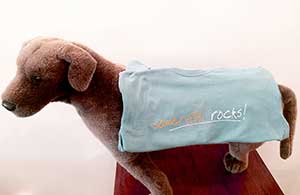















Reader Comments